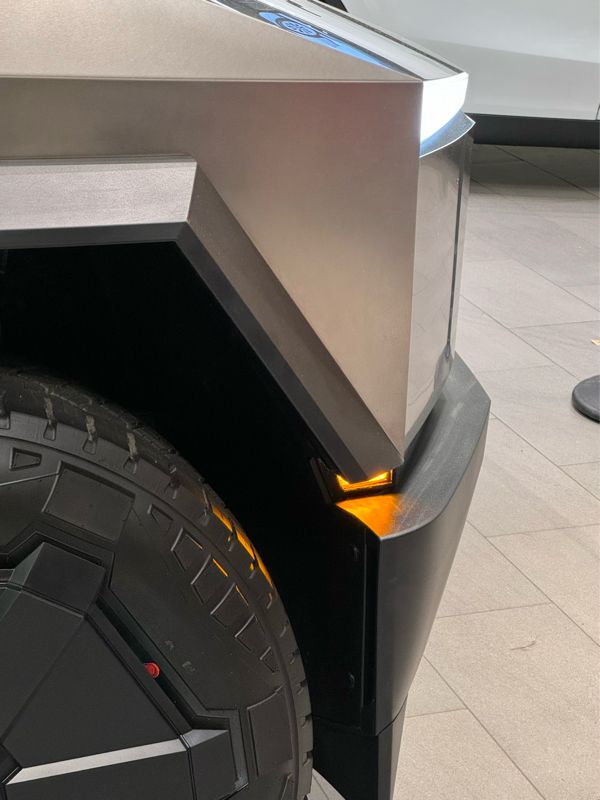On regular cars, panels curve over corners and meet on flat planes, protecting people from sharp edges while shielding internals from rain and snow. Each panel has rounded edges covered in several layers of paint.
On Cybertruck, flat steel panels have gaps at sharp origami corners. This exposes the internals to weather and insects in the directions of travel and rainfall.

This is for polygon styling and cost control. The material is difficult to work with, poor fit for a car but a great one for buzz and stock pumps.
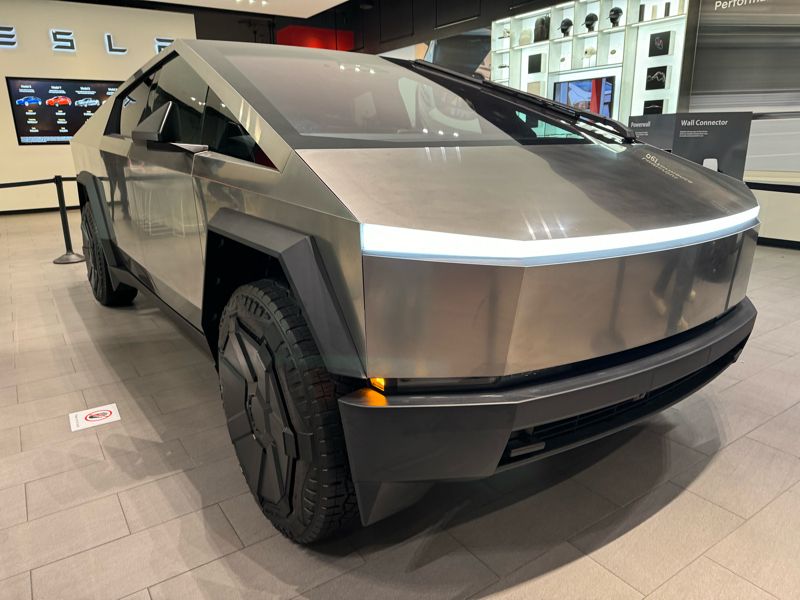
The panels form points and blades which could harm drivers and pedestrians or be forced apart in a collision. A knife missile, a guillotine on wheels.
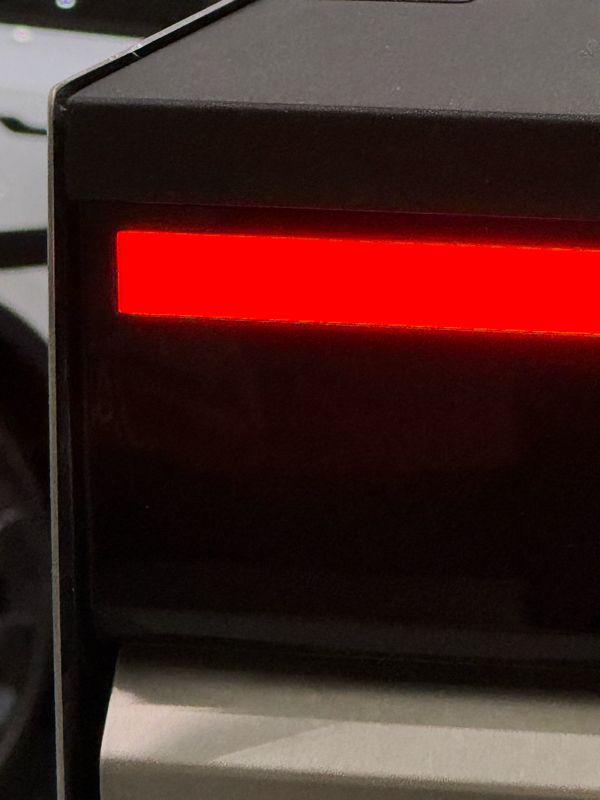
The lines of these panels aren’t straight down the length of the body, and the panel gaps aren’t uniform. The panels don’t appear uniformly reflective, the metal finish appears uneven. The effect is a kid’s science fair project, or a defective Hibachi.

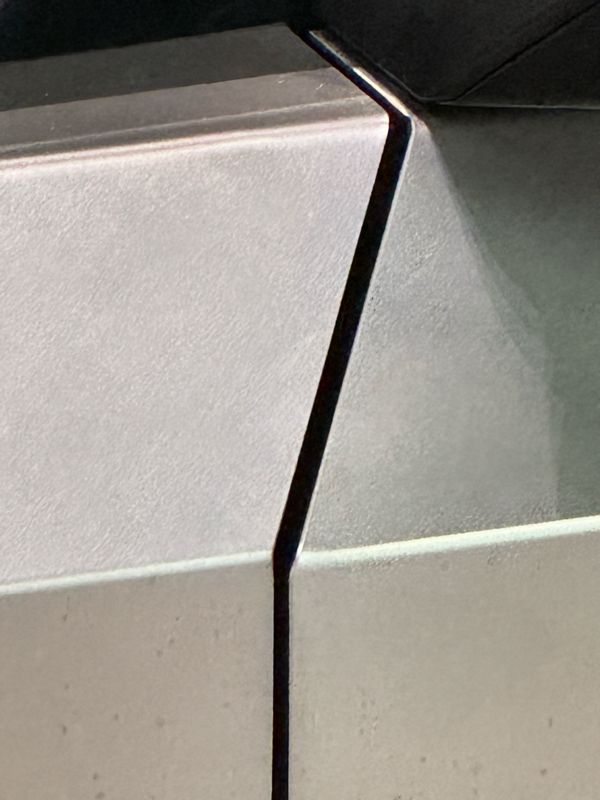
Consider who would’ve even worked on the truck. The design studio reportedly revolted, thinking the concept a joke. So it’s mostly built by Elon-fan preppers or pure mercs.
Ironically the prepper truck is a danger to its own driver. It’s another of Elon’s dangerous-by-design products, along with FSD and Xitter.
The truck’s bigger and not as ugly in person, like the Ioniq 6. But has massive Escalade wheels, and the outward-sloping Kammback does it no favor. No door handles, just buttons, an especially unfriendly primary interface.

Gigawiper: a base and an extension

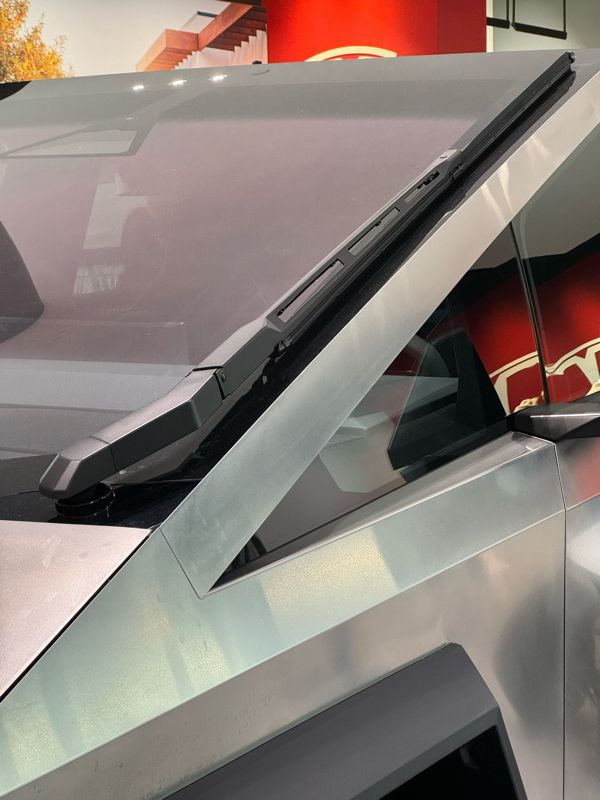
There was no line to see it. Overheard a woman: “It’s so ugly.”
Front, front quarter angle and front side look quite nice, especially in black. Side proportions are wonky, short frunk / long rear. Back looks like a dumpster.
